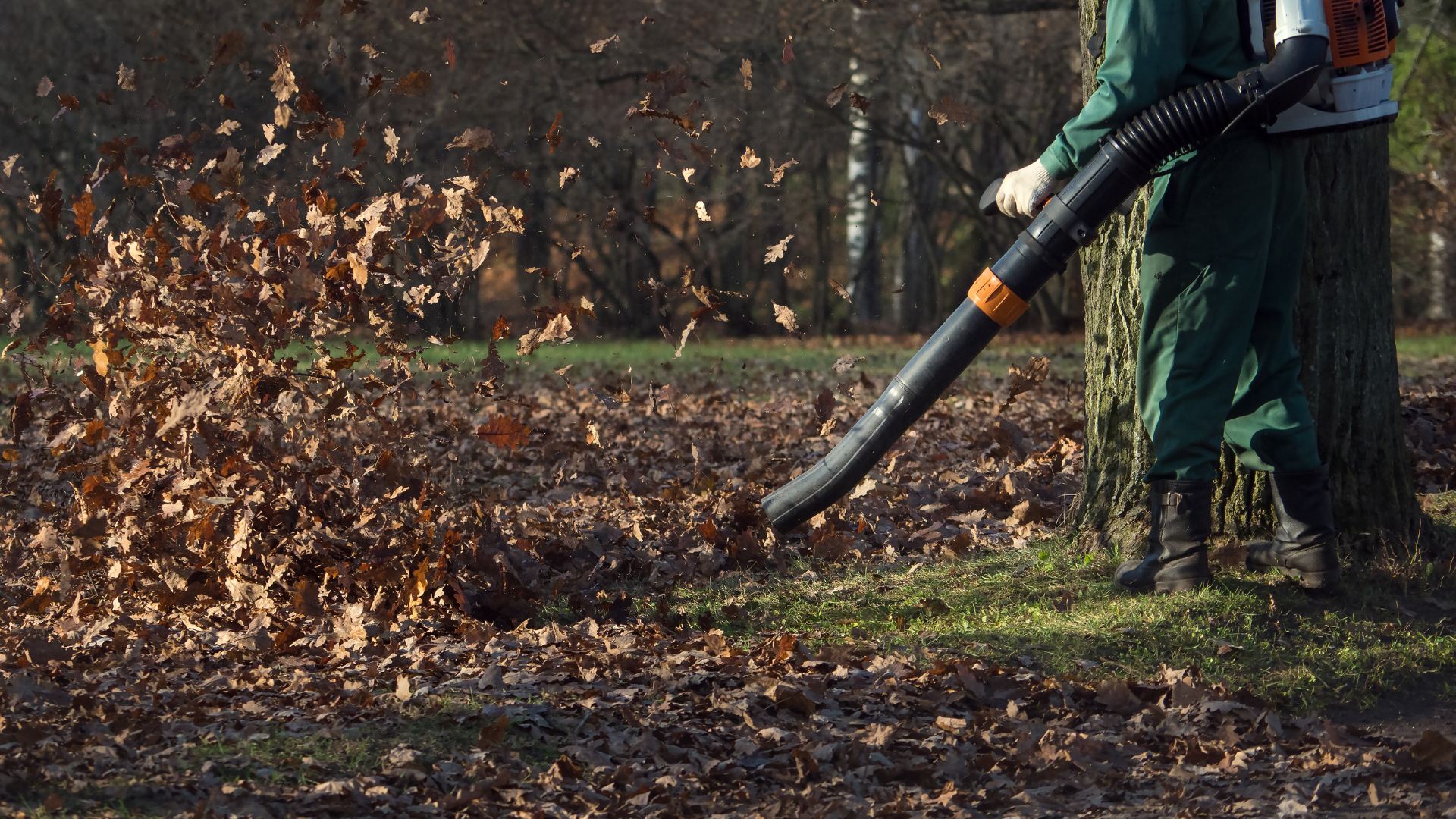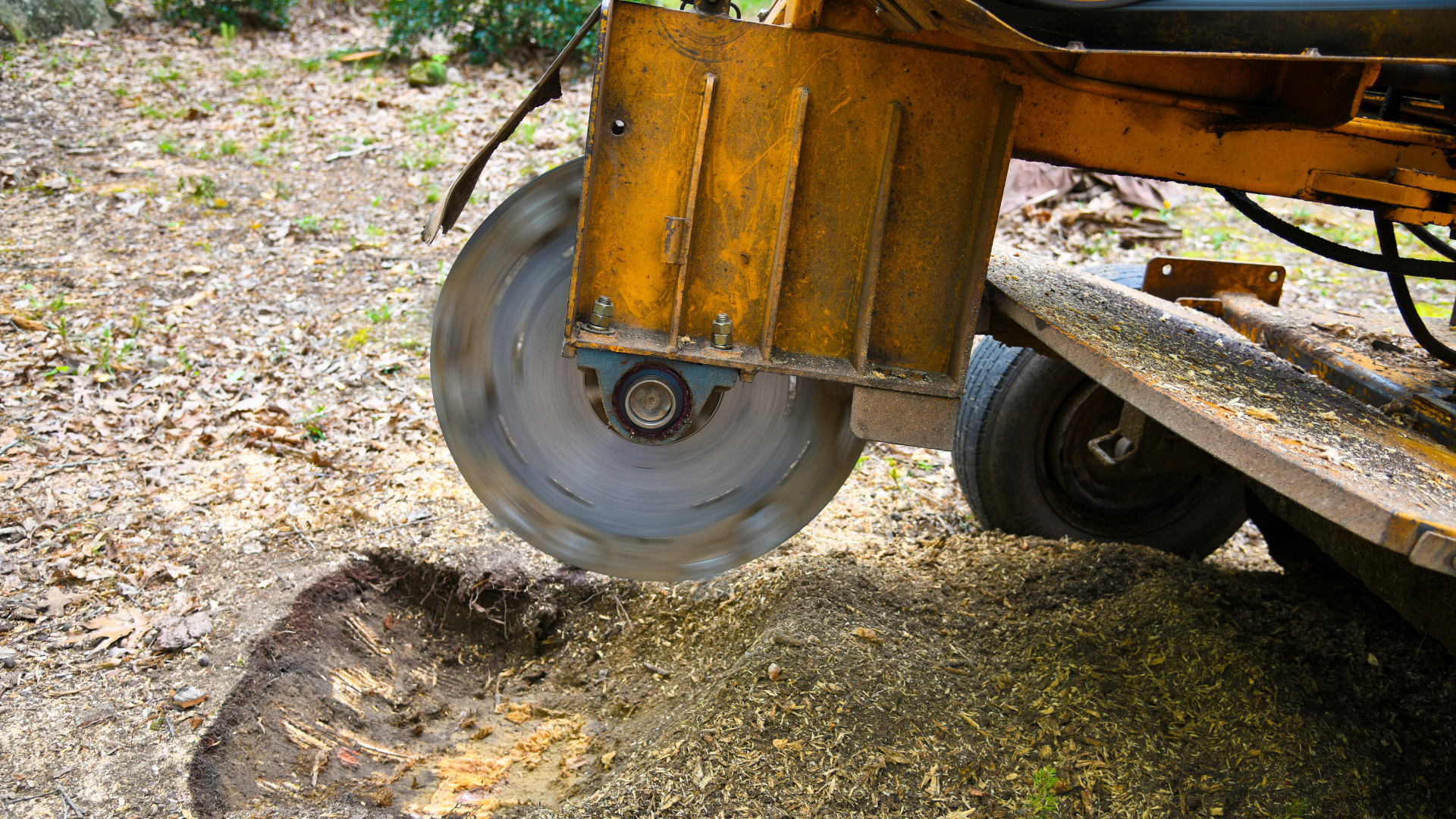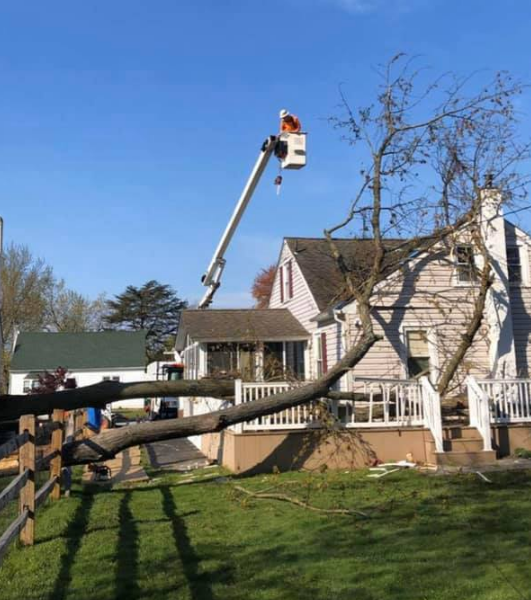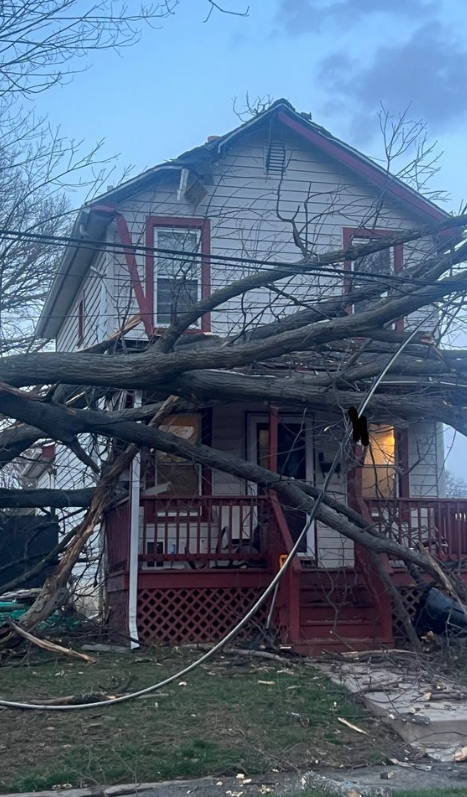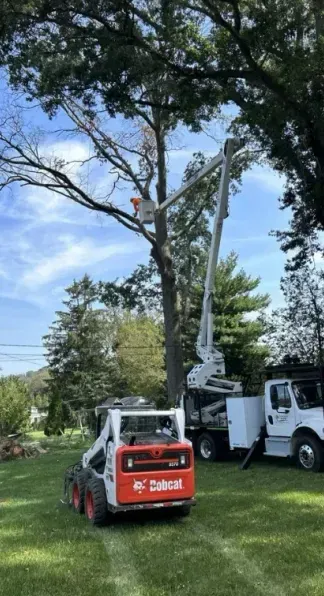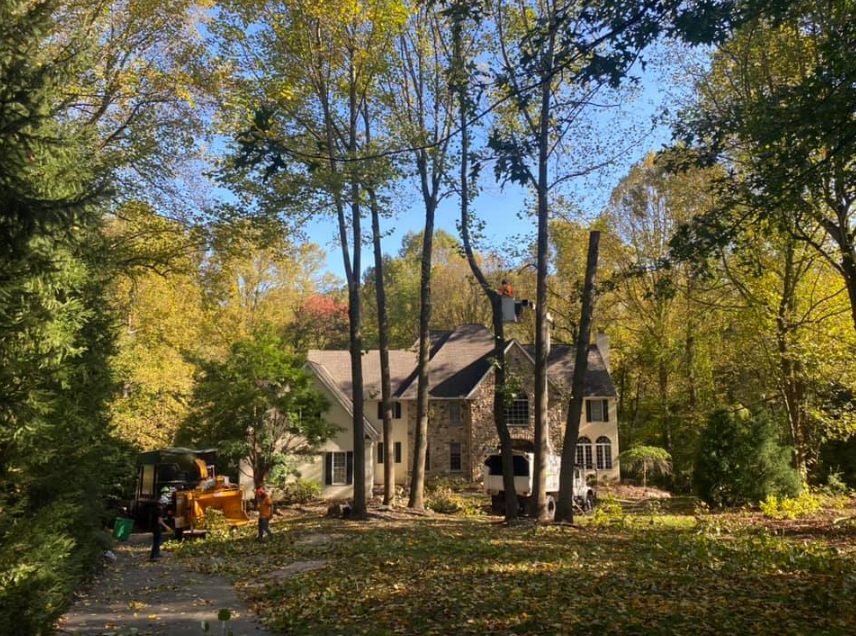Tree Removal Laws in New Jersey: What You Need to Know
Tree Removal Laws in New Jersey: What You Need to Know
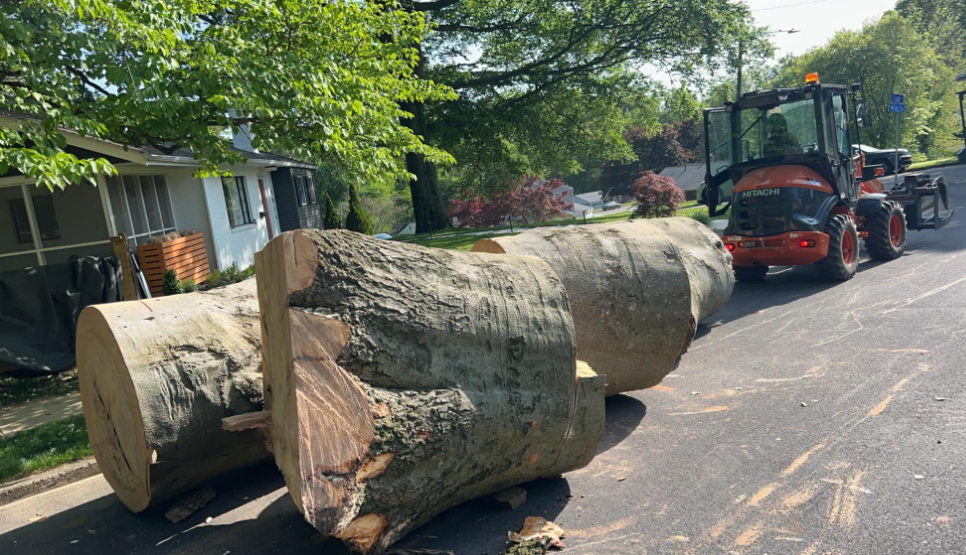
Removing a tree from your property might seem like a personal decision, but in New Jersey, it’s often a regulated one. Many municipalities across the state have strict ordinances around tree removal, and failing to follow local rules could lead to steep fines, mandatory replanting, or even legal trouble.
Whether you're a homeowner planning landscaping work or responding to a storm-damaged tree, understanding your local tree removal laws is essential. This guide from Tree State Property Maintenance will help you determine when you need a permit, what the regulations are in specific NJ towns, and how to stay compliant every step of the way.
Why New Jersey Regulates Tree Removal
New Jersey is known for its mature neighborhoods, densely wooded suburban communities, and deep commitment to environmental preservation. As a result, towns throughout the state have created ordinances to protect:
- Public safety (by managing tree health and storm risk)
- The environment (by preserving native tree canopies)
- Property values (by preventing clear-cutting and overdevelopment)
- Historic and aesthetic character (especially in older towns and tree-lined neighborhoods)
While private property rights still apply, they’re often balanced with broader community goals through permit systems and inspection requirements.
Do You Need a Permit to Remove a Tree in New Jersey?
In most cases—yes, especially if:
- The tree is located near or within the
public right-of-way
- It exceeds a specific
trunk diameter (usually measured at breast height)
- It is classified as a
heritage or landmark tree
- Your property lies within a
conservation zone, buffer area, or
historic district
- The tree contributes to a designated
canopy coverage percentage required by local zoning laws
Each town or city sets its own rules, and those regulations can vary significantly even between neighboring municipalities.
Examples of Tree Removal Laws by NJ Town
Cherry Hill, NJ
- Permit Required: Yes
- Trigger: Tree trunk diameter of
6 inches or more on private property
- Special Notes: The township arborist may inspect the tree prior to removal approval.
Princeton, NJ
- Permit Required: Yes
- Trigger: Trees with trunk diameters of
8 inches or greater measured at 4.5 feet above ground
- Other Requirements: Tree replacement is often required; permit decisions are guided by a tree protection ordinance.
Montclair, NJ
- Permit Required: Yes
- Trigger: Varies based on location and species
- Enforcement: Fines for unauthorized removal start at
$500 and can increase depending on the number of trees removed or the ecological impact. Some properties require
one-for-one replanting.
Jersey City, NJ
- Permit Required: Yes for any tree in the
public right-of-way
- Process: Must go through the Division of Parks and Forestry; permits typically require inspection and public notification for large removals.
Maplewood, NJ
- Permit Required: Yes
- Special Restrictions: Protected trees (especially oaks and maples) may not be removed without extensive documentation and replacement plans.
Common Reasons Tree Permits Are Required
Tree ordinances aren’t just about protecting trees—they’re designed to manage development, maintain public safety, and preserve ecological balance. Most NJ towns require permits to:
- Preserve healthy, mature trees that contribute to air quality and shade
- Protect endangered or native species important to the local ecosystem
- Maintain tree canopy coverage on residential and commercial lots
- Prevent over-removal during development or renovation projects
- Ensure replanting or mitigation when trees are removed legally
What Happens If You Remove a Tree Without a Permit?
Unpermitted tree removal is taken seriously in New Jersey. Even if the tree is on your property, you can face consequences including:
1. Fines and Penalties
- Most towns impose fines ranging from
$250 to over $1,500 per tree
- Repeat violations can result in escalating penalties
- Fines may increase if protected or heritage trees are involved
2. Mandatory Replanting
- Many towns require
one-for-one or even two-for-one replanting as a condition of permit approval—or to resolve a violation
- The species, size, and location of replacement trees may be dictated by a township arborist or zoning board
3. Permit Denial for Future Projects
- Violating tree removal laws can result in the denial of future
construction permits,
zoning variances, or
tree-related requests
4. Legal Action or Environmental Hearings
- In environmentally sensitive areas, unauthorized removal may trigger legal reviews or cease-and-desist orders
- Conservation areas and wetlands are especially strict
Exemptions and Emergency Situations
There are several cases where permit requirements may be waived or fast-tracked:
1. Dead or Diseased Trees
If a tree is clearly dead or poses a safety risk, many towns allow expedited removal—but you still need to document the condition. Acceptable documentation may include:
- Photos of decay or pest infestation
- An arborist's report (we provide these)
- A notice from your insurance company
2. Storm-Damaged Trees
In emergency cases (e.g., a tree falls on your home during a storm), most towns allow immediate removal but require notification afterward. You may still need to submit a retroactive permit request or replanting plan.
3. Utility Interference
Trees interfering with power lines or other public utilities may be removed with coordination between the property owner, the town, and the utility provider.
How to Stay Compliant with NJ Tree Laws
Staying compliant is easy—if you take the right steps up front. Here’s how to protect yourself legally and financially:
1. Check Local Ordinances First
Don’t assume your town’s rules are the same as others. Before removing a tree:
- Visit your town’s official website
- Contact the
Zoning Office,
Department of Public Works, or
Township Arborist
- Ask specifically about trunk size thresholds and protected species
2. Document Tree Condition
If the tree is dead, diseased, or damaged:
- Take detailed photos
- Note the date of visible decline or damage
- Request a formal
tree health assessment from our team
3. Apply for a Permit
Most permit applications require:
- A property survey or site plan
- Reason for removal
- Tree species and trunk diameter
- A proposed replanting or mitigation plan
4. Hire a Licensed Tree Removal Contractor
Tree State Property Maintenance is fully licensed and insured to operate in New Jersey. We:
- Understand local and state regulations
- Assist with permit applications and supporting documentation
- Coordinate inspections when required
- Handle emergency removals legally and quickly
FAQs
How long does it take to get a tree removal permit in NJ?
Most towns process permit requests in 5 to 14 business days, depending on whether an inspection is needed or if replanting is part of the plan.
Are permits needed for trees on commercial properties?
Yes. Commercial, rental, and multifamily properties are typically subject to even stricter regulations than residential lots.
Can I remove a tree myself?
Even if you're qualified to operate a chainsaw, removing large trees yourself is not recommended—and may be illegal without a permit. Always consult a professional.
Contact Us Today!
If you’re planning tree work in New Jersey, don’t risk costly fines or delays. Whether you're in Cherry Hill, Princeton, Montclair, or anywhere in between, Tree State Property Maintenance has the expertise to guide you through local tree removal laws.
From initial inspection to permit paperwork to safe, professional removal, we’re your trusted partner for all things tree care across NJ.


